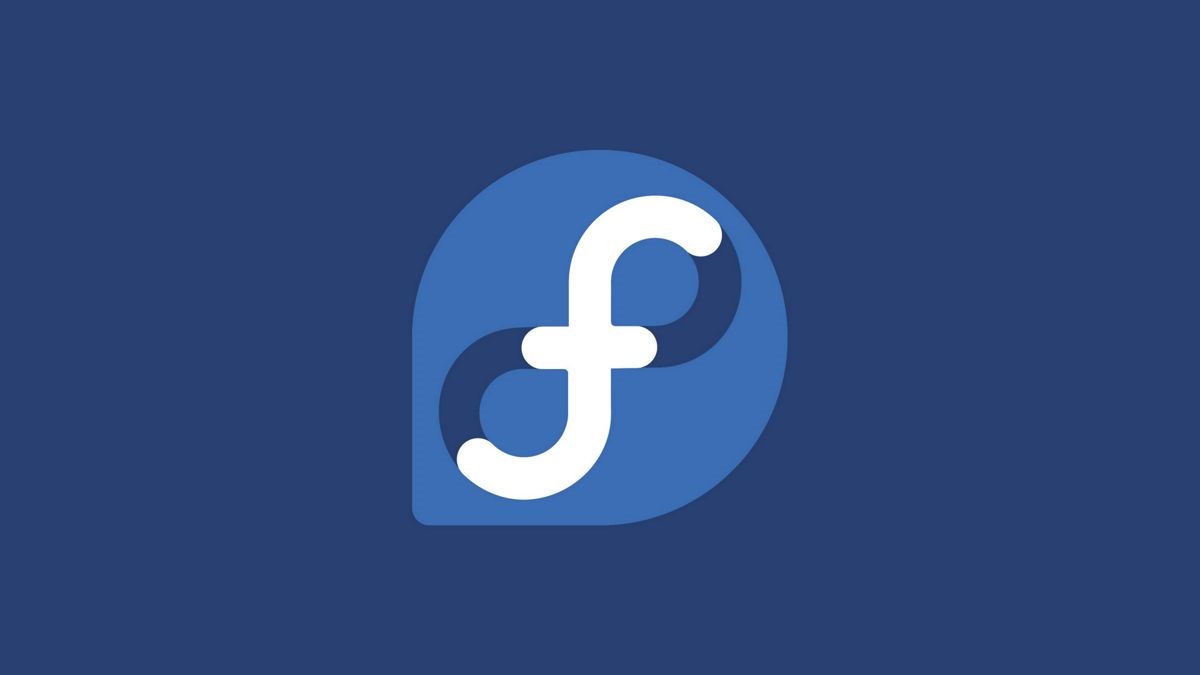
Things within the Fedora workgroup are on the reins and is that during the last weeks various changes have been announced which are planned for the next version of the distribution, which is Fedora 33.
Some of them we have already shared here on the blog, one of them was the change from vi by nano because the developers intend to make the distribution more accessible to beginners by providing an editor that can be used by any user without special knowledge.
Another change that was announced is the Ext4 filesystem to Btrfs by default. As such it is not a removal of the Ext4 filesystem but a change in the default installation settings system, which in principle will not affect people who upgrade from previous Fedora or those who do not want Btrfs.
And now in latest news, Peter robinson from the Red Hat engineering team recently published a proposal on adoption options for the IoT version (Internet of Things) among the official Fedora 33 editions.
With which basically propose that as of Fedora 33, the Fedora IoT version ships with Fedora and Fedora Workstation Server.
The proposal has not yet been approved officially, but its publication was previously approved by the Fedora Engineering Steering Committee (FESCo), which is responsible for the technical part of the development of the Fedora distribution, so its acceptance can be considered a formality.
Fedora IoT Edition is designed for use on Internet of Things devices (IoT) and is based on the same technologies used in Fedora CoreOS, Fedora Atomic Host, and Fedora Silverblue.
The distribution offers a minimized system environment, whose update is carried out atomically by replacing the image of the entire system, without dividing it into separate packages.
To check the integrity, the entire system image is certified with a digital signature. To separate the applications from the main system, it is proposed to use isolated containers (podman is used for management). It is also possible to compose the system environment for specific applications and specific devices.
To form the system environment, OSTree technology is used, in which the system image is atomically updated from a Git-like repository, which allows you to apply version control methods to the components of the distribution (for example, you can quickly roll back the system to its previous state).
RPM packages are translated to the OSTree repository using a special rpm-ostree layer and ready assemblies for x86_64 and Aarch64 architectures are provided (they also promise to add support for ARMv7 in the near future).
Besides that has plate holder Raspberry Pi 3 Model B / B +, 96 Rock960 Consumer Edition, Pine64 A64-LTS, Pine64 Rockpro64 and Rock64 and Up Squared boards, as well as virtual machines and x86_64 aarch64.
The reason for Peter Robinson's proposal is that delivering the IoT version of Fedora on par with the Workstation and server versions will be a boost for this version and which he argues will help to spread the adoption of this version and that it also be most prominent.
Fedora gets benefits:
It makes Fedora IoT more prominent, which will help spread adoption. This in turn will help drive enhancements to Fedora IoT and other ostree-based deliverables. It also gives Fedora a strong presence in the IoT ecosystem.
And even as we already mentioned, the proposal as such has not been accepted and is currently under discussion between the Fedora developers and their different departments. At the moment only the publication has been accepted and even what the plan is planned for the release of Fedora 33, it is quite likely that this proposal will be deferred to version 34 of Fedora.
Finally if you are interested in knowing more about it, you can check the details by going to the following link.
see tiktok more to get tiktok hearts
https://videos-and-fun.sitey.me/
KW:
TIKTOK Hack Fan AUGUST 2020